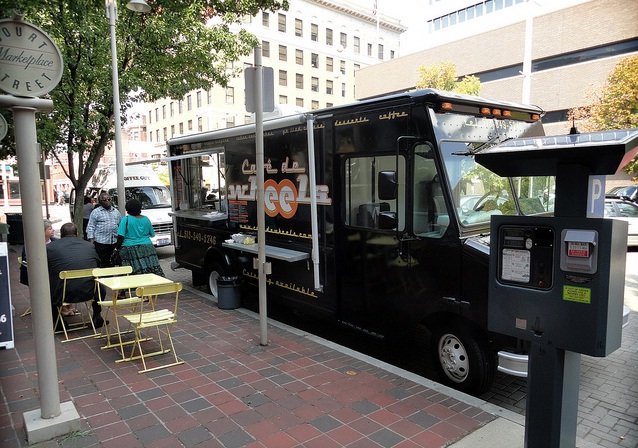Yesterday, Cincinnati’s city council unanimously approved legislation that will replace and upgrade parking meters throughout the city.
The legislation approves the City to move forward with a $1.7 million purchase of 1,400 individual solar-powered meters, and 50 multiple-space meters. The new electronic parking meters allow users to pay with credit card, while existing meters require users to pay with coins.

Solar-powered parking pay station on Court Street
The new meters will upgrade approximately 25 percent of the City’s 5,600 parking meters city-wide and 100 percent of the parking meters downtown where parking rates are now $2 per hour.
Vice Mayor Roxanne Qualls’ office says that the new parking meters are expected to increase revenues and parking turnover. They say the increased revenue will come, in part, because a lot of people will now use credit cards to pay for the full two hour maximum, and because users will no longer be able to piggy-back off of previous time paid for at the meters.
Qualls’ office also believes the new meters will result in fewer people plugging the meters all day, and thus increase turnover.
The multi-space meters will function similarly to those currently found on Court Street and Second Street where users pay at a single pay station per block, then display a ticket on their dash board. City leaders envision that these pay stations will eventually be able to be used for issuing tickets for the Cincinnati Streetcar.
The investment is being funded through a parking revenue surplus, and was one of the recommendations to come from a 2009 study by Walker Parking Consultants that detailed actions the City could take to improve its parking infrastructure while also increasing parking revenues.
Court Street parking pay station photograph by Thadd Fiala for UrbanCincy.
